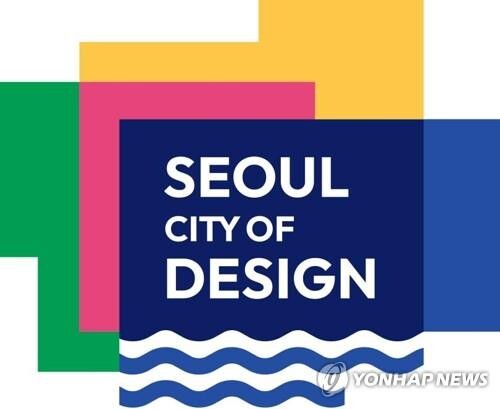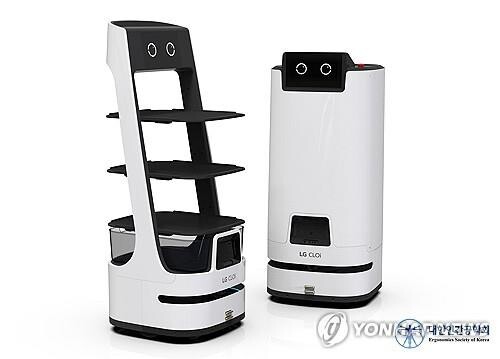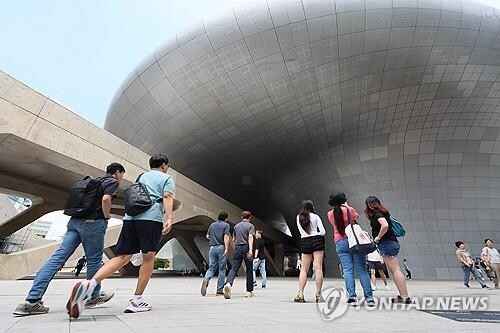*Editor’s note: The number of global Hallyu (Korean Wave) fans is approaching approximately 225 million, according to the 2024 report by the Korea Foundation. The surge in fans marks the dawn of the "Digital Silk Road" era, where communication transcends the limitations of time and space, enabling real-time interaction across the globe. Truly, we are in the era of "Hallyu 4.0."
Design as a Service IndustryDesign as a Service Industry
Contributed by Suk Soo-sun (professor at Yonsei Graduate School of Communication & Arts)

South Korea is beginning to recognize the necessity of research and development in the service industry.
Although there is growing interest in developing new services and improving processes, the view of design as a tool to strengthen the competitiveness of innovative service industries remains underdeveloped.
The service industry often lacks specificity, and even in places where services are implemented, processes are not sufficiently specialized. This results in inconsistent service quality depending on the provider, highlighting the need for improvement.
There is an urgent need for service design research that enhances the value of service experiences and makes these experiences more visible and standardized.
Since the 1990s, the industrial paradigm has shifted from manufacturing to service industries.
 |
| ▲ New BI for "Seoul City of Design," provided by Seoul City. (PHOTO NOT FOR SALE) (Yonhap) |
◇ Emergence of the 'Service Design' Methodology
One of the most significant changes has been the shift of economic activity from a supplier-driven focus to a user-centered approach.
To detect user discomfort and uncover latent needs, new design methodologies such as 'User Experience Design' and 'Service Design' have gained attention.
Despite the substantial potential impact of services, research that systematically and analytically links design with service design remains insufficient.
Initially, service design was focused on planning and designing services within the fields of management and marketing. However, as its meaning and concept expanded, service design is now understood as a comprehensive approach required across all business areas to design service systems. Since services can be effectively designed through the design process, various methodologies are applied when designing service systems.
The methods used in service design are not tools developed solely for design purposes. Techniques like 'Observing' or 'Shadowing' during 'User Research' stem from 'Human-Centered Design' and experience design practices.
 |
| ▲ LG CLOi ServeBot, Winner of Top Award at the Ergonomics Design Awards (PHOTO NOT FOR SALE) (Yonhap) |
◇ Service Blueprint: A Crucial Tool in Service Design
The Service Blueprint is a tool highly suitable for service design research, originally developed within the marketing field. In his book Invisible Service, Visible Design (2017), Yun Seong-won describes the Service Blueprint as a flowchart that connects the customer’s experience with the actions of the service provider. This tool illustrates interactions by distinguishing between frontstage and backstage operations through a "line of visibility." By using the Service Blueprint, all elements and relationships within the service can be effectively communicated and improved with both internal and external stakeholders. It involves listing customer actions over time and steps, defining the interactions between users and providers, and organizing frontstage, backstage, and support processes.
Yun further explains that the Service Blueprint was first proposed by G.L. Shostack in 1984 in the Harvard Business Review. It is described as a flowchart that links the customer’s experience in the service cycle with the actions taken by various service providers. This tool showcases the activities of different departments related to the customer, illustrating their interactions over time. Thus, designing a service system requires a service design method tailored to the specific purpose and characteristics of the service.
 |
| ▲ Cultural Heritage Administration Temporarily Opens Seonwonjeon Site at Deoksugung Palace,Unveils Design-Enhanced 'Art Fence.' (PHOTO NOT FOR SALE) (Yonhap) |
◇ The Need for Consistent and Strategic Service Design
At the core of service development is the benefit and value provided to customers. Successful companies have a firm philosophy and design planning in their service identity. They also invest heavily in employee training to deliver excellent service. Because competitors offer various services and seek different design alternatives, the services provided are never identical. Customers' individual perspectives create distinctions between companies offering the same product, and in the service design process, designers must adapt to appropriate changes and respond to critical differentiation.
Service design, therefore, must possess a unique identity, maintain consistency in whatever form it takes, be easy to use, and be systematized for strategic application.
 |
| ▲ Hyundai Construction Wins 'Green Good Design Award' for the Second Consecutive Year (PHOTO NOT FOR SALE) (Yonhap) |
◇ Conditions for Innovative Services
To develop innovative services, it is essential to consider the relationship between consumers and services. Services must be explained not just in terms of product interest but also by encompassing the service process.
Therefore, developers in service design must examine and plan all situations that occur between the customer or user and the service provider.
Advances in technology and information have elevated and transformed consumer demands. To survive under this competitive pressure, producers are striving not only to create products but also to develop new and high-quality services. Despite these demands, the design industry in South Korea lacks the specialized research needed to respond to these changes effectively. Although South Korea is traditionally a manufacturing powerhouse, its use of design in manufacturing is not as advanced as in other developed nations. Service industry research in South Korea is still in its early stages compared to other advanced countries.
Today, as invisible value becomes increasingly important, the focus on and importance of service design is growing. There is a need to recognize that design can offer practical solutions to various social issues, such as energy, healthcare, aging populations, transportation, and education, and can propose innovative solutions.
 |
| ▲ DDP Celebrates 10 Years with 100 Million Visitors, Establishing Itself as a Landmark in Seoul (Yonhap) |
(C) Yonhap News Agency. All Rights Reserved


































